湘方言,又称湘语或湖南话,属汉藏语系汉语族,是汉语七大方言之一,是生活在湘江流域及其支系一带湖湘民系使用的主要语言。湘语分为新湘语和老湘语,新湘语以长沙话为代表,老湘语以双峰话为代表。现代湘语的使用者主要分布在中国大陆湖南省相当部分地区,包括长沙、株洲、湘潭、岳阳、益阳、娄底、衡阳、邵阳、永州等。
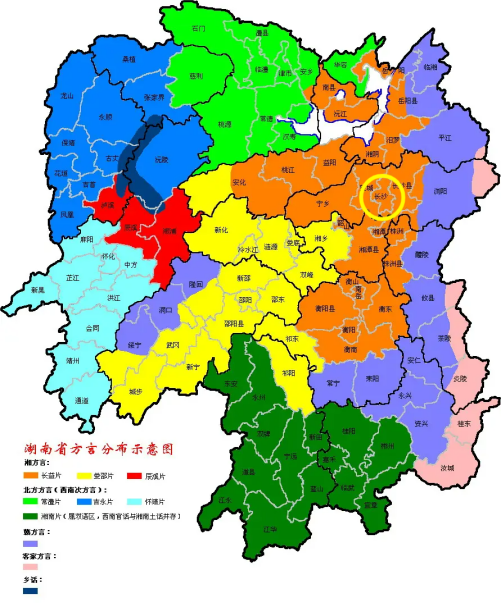
本期“记忆的味道”将带领大家一同探寻湖湘文化,走进湘绣和醴陵陶瓷的世界。
01
千年湘绣 瑰丽多姿
湘绣近百年来被世人普遍认为是中国四大名绣之一(Hunan Embroidery has been widely recognized as one of the four most famous embroideries in China for nearly a century),1972年长沙马王堆一号汉墓出土的“深褐色菱纹信期绣”、“黄绢地长寿纹绣”等大量刺绣残片证明湖南刺绣已有两千多年的历史。
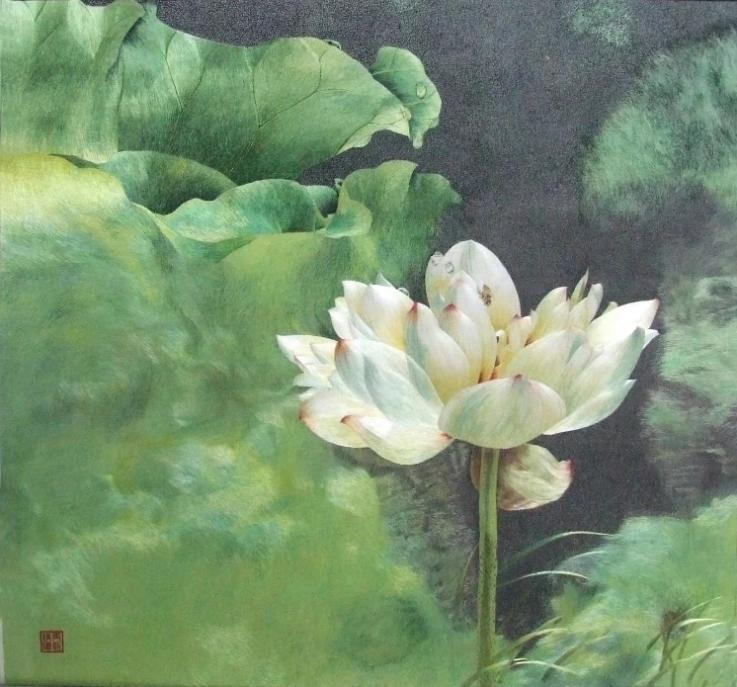
“莲之出淤泥而不染”
湘绣在清代后期形成了具有独特风格的刺绣体系。清末,湘绣艺人李仪徽首创掺针绣法。1933年长沙锦华丽绣庄刺绣的《罗斯福总统绣像》,在美国芝加哥百年进步博览会上展出,引起轰动,使湘绣扬名国外。解放后,著名湘绣老艺人余振辉发明和完善了毛针法,使湘绣表现的狮、虎栩栩如生,成为中国四大名绣中独有的著名针法。通过数代艺人的传承、发展,湘绣技艺现已形成5大类72种完整的针法体系,其中,双面全异绣使湘绣的表现形式和技艺水平达到了惊人的高度,国人誉为“超级绣品”,外国友人称为“魔术般的艺术”。(Because of the sophistication of the craft and of its artistic expression, Hunan Embroidery, characterized by the double-sided technique, is praised as “super embroidery” in China and known as “magical art” overseas.)
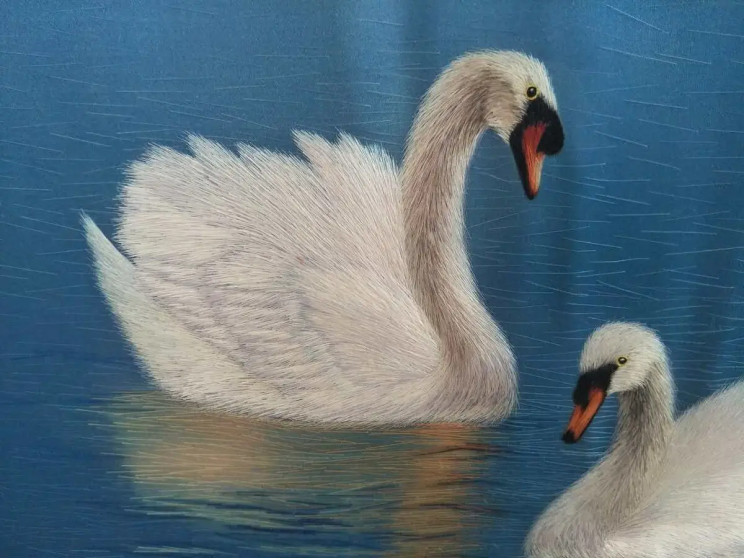
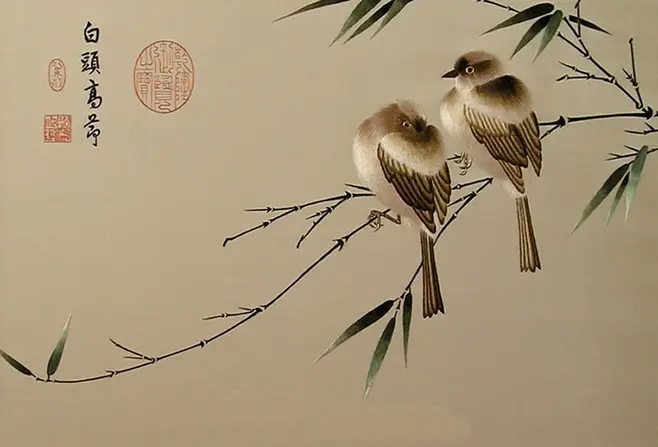
以动物为主题的湘绣作品
近年来,为了保护、发展湘绣传统技艺,长沙市人民政府正积极采取有效务实的措施,逐步加大保护力度,使湖湘人民千百年来创立的湘绣品牌得以传承和发展。湘绣历来受到湖南人的喜爱与尊崇,得益于湘绣手艺人一代代将这份技艺传承下来。他们用灵巧的双手、智慧的心灵创造了一幅幅备受好评、享誉中外的湘绣作品。(Thanks to the craftsmen who have passed down the skills from generation to generation, the Hunan people have always been able to enjoy products of Hunan Embroidery and be proud of its heritage. The craftsmen’s outstanding skills and wisdom have enabled them to create pieces that are highly praised and renowned at home and abroad.)接下来,让我们来认识一下这些手艺人吧!
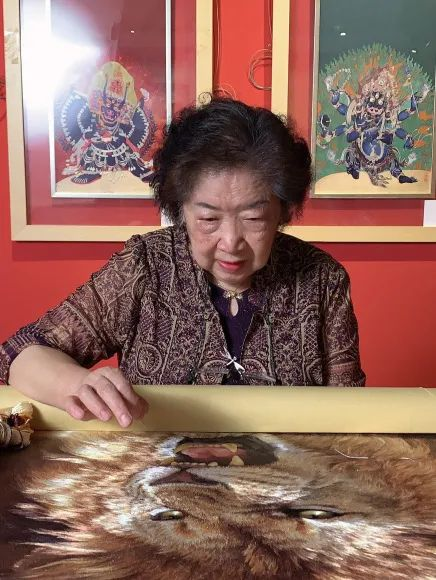
刘爱云大师从事湘绣刺绣已有五十多年,擅长刺绣花鸟、动物、人物,尤其擅长湘绣狮虎刺绣。她从14岁开始学艺,刻苦钻研,敢于创新,并多方面学习有关美学知识,使刺绣狮虎的技艺更为精美,其制作的绣品多次获奖,在湘绣界拥有极高的声誉。(She began to learn the craft of embroidering at the age of 14. An assiduous student and innovative explorer, she has managed to push her work featuring tigers and lions to the next level, drawing from all sources of aesthetic knowledge. Her works have won awards for many times and gained her a high reputation in the Hunan Embroidery industry.)刘爱云大师一生有许多优秀的作品,其中极负盛名的有《雄狮》和《饮虎》,现珍藏在中国工艺美术馆。
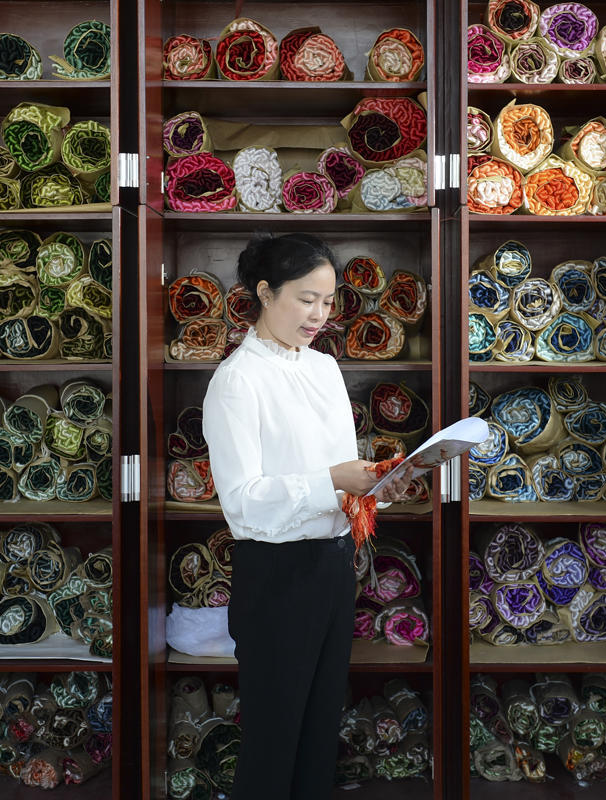
成新湘是刘爱云大师的徒弟,也是鬅毛针法第四代传人。从一名普通绣花工人成为湘绣核心技艺鬅毛针法第四代传人,直至成长为将湘绣当作终身事业的大国工匠。33年来,成新湘始终秉承匠人初心,传承发扬刺绣技艺,以绣花精神书写新时代非遗传承人的责任和担当。她“希望让非遗民俗、湘绣文化真正走进寻常百姓家”,(Over the past 33 years, Cheng Xinxiang has always been adhering to the original aspiration of craftsmen, inheriting and carrying forward embroidery skills, and shouldering the responsibilities of an ICH inheritor in the new era. She says that she “sincerely hopes to introduce intangible cultural heritage and Hunan Embroidery culture to every household”.)先后被授予“全国劳动模范”“轻工大国工匠”等荣誉称号。
一代代湘绣手艺人既是湘绣的传承者,也是湘绣的代言人。他们传承的不仅是湘绣,更是文化;他们代表的不仅是湖南,更是中国。他们凭借一技之长,让世界见证到中国的工艺精神,为社会创造了无数的技艺岗位,也给艺术带来了新的活力与触感。接过湘绣的接力棒,他们让湘绣从平民百姓家走入艺术殿堂,让刺绣从展品变成文创又重新走入人们的生活中。(As inheritors of Hunan Embroidery, they have raised its status from a craft of the common people to an art deserving its own place in the aesthetic realm. In addition, they have also breathed new life into it and re-introduced it to people’s life as a creative cultural product, no longer a museum exhibit.)
02
陌上颜如玉,釉下五彩瓷
所谓行行出状元,湖南不仅有湘绣传承者,还有醴陵制瓷人。醴陵是世界釉下五彩瓷的原产地,也是全国的三大“瓷都”之一。醴陵陶瓷享誉海内外,不仅承载了丰厚的历史意义,其使用价值、艺术文化价值和收藏价值极高,是我国至尊无上的珍品之一。(Liling porcelain enjoys a good reputation both at home and abroad, with its rich historical significance and high value as a useful article, a work of culture and art and a collectible. It is one of the most precious treasures of China.)接下来让我们翻开醴陵的故事,走进五彩的世界。
醴陵瓷器历史逾百年。1907年,湖南瓷业制造公司的绘画名师和瓷业学堂陶画班的毕业生采用自制釉下色料,运用国画双勾分水填色和“三烧制”法,创新出釉下五彩瓷器。二十年代末,受战争影响,釉下五彩瓷生产一度中断。1949年,醴陵和平解放,湖南陶瓷研究所、醴陵瓷器公司艺术瓷厂(群力瓷厂)先后成立,使釉下五彩瓷重放异彩。
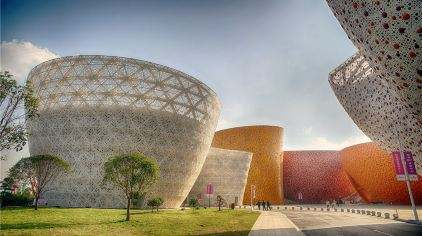
醴陵陶瓷博物馆
釉下五彩瓷胎体较轻,釉面滑润,玻璃化程度强,色彩清新,自成风格。醴陵釉下五彩瓷通常采用“三烧制”方法,简便且生产率高。先以800℃低温烧成素胎,然后进行彩绘,待画面上的墨线及色料中的有机物和杂质等挥发,再煅烧一次,最后罩透明釉经高温烧成。
釉下五彩瓷的代表作当属五彩扁豆双禽瓷瓶,该瓶宛如凤尾,雍容典雅。上绘扁豆花和一对竹鸡,以草青和海碧为主调,颜色丰富而和谐。其釉面晶莹润泽,色彩沉稳大气,其工艺之精湛,令人叹为观止。(On the vase clusters of lentil flowers and a pair of bamboo partridges are painted mainly in grass-green and marine blue. The colors are rich and harmonious. The crystal and translucent glaze is painted in calming color and put on by the most delicate hands, fascinating every one of its beholder.)
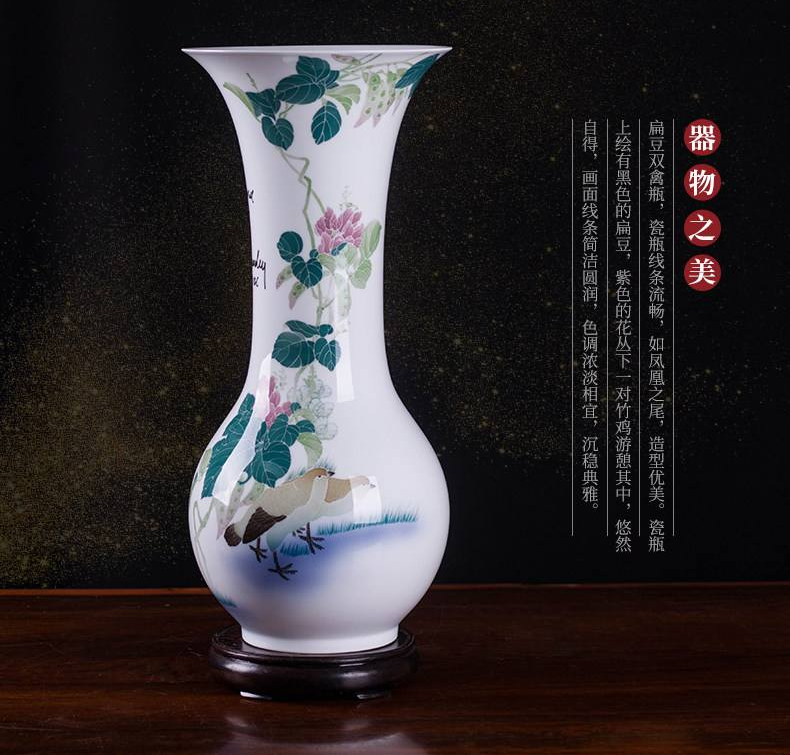
五彩扁豆双禽瓷瓶
1915年,该瓶远涉重洋,参加“巴拿马太平洋万国博览会”,赢得了金奖,因此被后人称为“巴拿马瓶”。而在中国奥运之际,该瓶被赋予“世界和瓶”的称号。向上攀升的“扁豆”表达中国俗语“种豆得豆”,象征“播撒和平的种子、收获和平”的希望,“双禽”则象征中西方文化和谐相处。(The image of the up-climbing lentil is inspired by the Chinese idiom “Sow beans and reap beans”, which expresses our hope that peace will be accomplished after we sow the seed of harmony. The pair of partridges signifies the harmonious relationship between eastern and western cultures.)
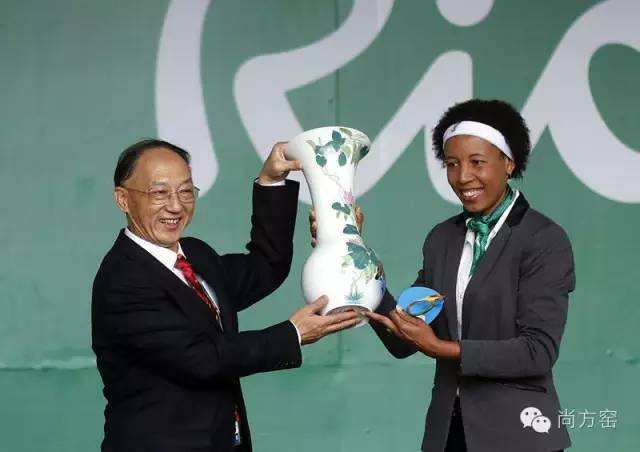
从湘绣到醴陵瓷器,荆楚古邑的子民匠心独运,以针代笔,以线作色,用泥与火的交融,将传统与现代交织,让湘文化生机永驻。(From Xiang embroidery to Liling porcelain, people of the ancient city of Jingchu use needle as pen, thread as color, to paint a picture that celebrates both our tradition and modernity, and keep the kiln that forges the Xiang culture forever burning.)
参考资料
1.长沙晚报《企业湘军里约夺“金”》
https://www.icswb.com/newspaper_article-detail-205984.html
2.光明网《千针万线传承千年 湘绣传人讲述“指尖上的芭蕾”故事》
https://baijiahao.baidu.com/s?id=1631741793936545141&wfr=spider&for=pc
3.中国非物质文化遗产网 刘爱云简介
https://www.ihchina.cn/ccr_detail/2628/
4.湖南省工艺美术协会《中国工艺美术大师(湖南)系列报道之十二:大师刘爱云》
http://www.haca.com.cn/dszq/dashibaodao/dashi1/2019-11-05/1472.html
我要评论 (网友评论仅供其表达个人看法,并不表明本站同意其观点或证实其描述)
全部评论 ( 条)